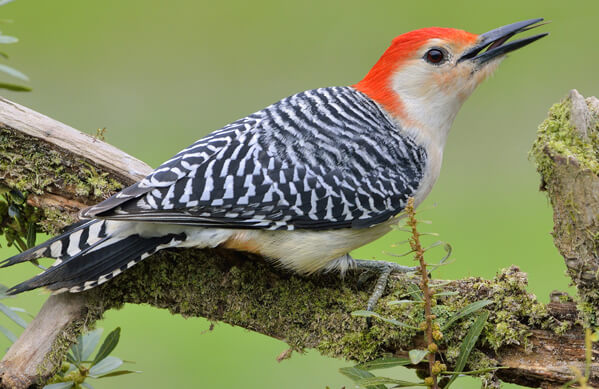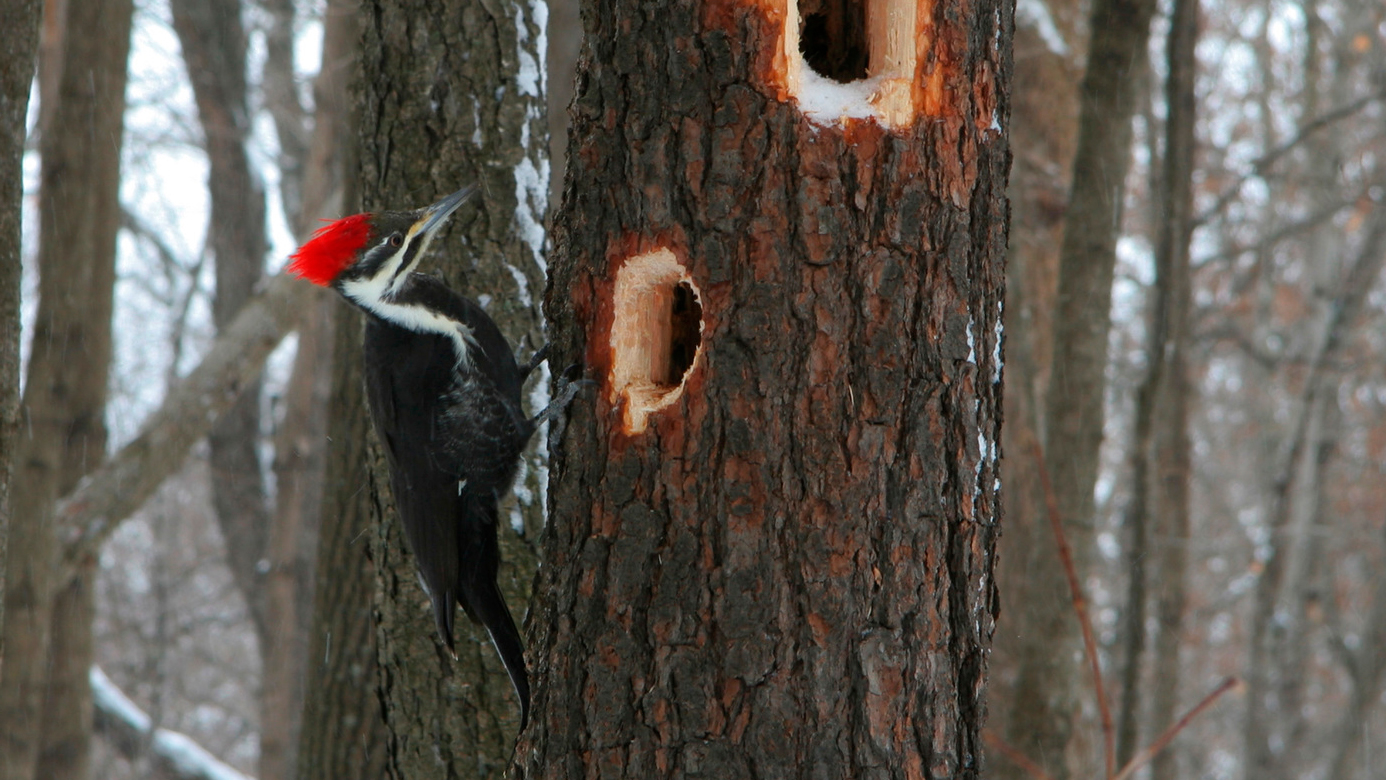Woodpeckers in Florida Population: Species Overview and Conservation
Woodpeckers in Florida Population: Species Overview and Conservation
Blog Article
Unveiling the Tricks of Woodpeckers: Actions, Environment, and Much More
Woodpeckers, with their one-of-a-kind behaviors and specialized adaptations, have actually lengthy captivated researchers and nature fanatics alike. These remarkable birds possess a variety of intriguing secrets that dropped light on their survival approaches, environment preferences, and elaborate interaction approaches. By revealing the mysteries surrounding woodpeckers' habits and environment options, a much deeper understanding of these bird marvels emerges, offering a peek into their interesting globe. So, what makes these birds absolutely remarkable, and just how do they navigate their atmosphere with such precision and skill? Allow's check out the fascinating world of woodpeckers and unwind the enigmatic information that make them such appealing topics of research study.
Woodpecker Habits Insights
In analyzing woodpecker habits, a fascinating display screen of specialized skills and adjustments emerges, losing light on their amazing eco-friendly specific niche. Woodpeckers, recognized for their distinctive drumming on trees, have a variety of behavior traits that add to their survival and success in their environment.
Moreover, woodpeckers show a distinct feeding actions characterized by their capacity to extract bugs from tree bark utilizing their specialized beaks. Their long, barbed tongues aid in recording prey, while their strong neck muscular tissues provide security and accuracy during pecking movements. This feeding approach allows woodpeckers to gain access to surprise insect larvae and extract them with amazing performance.
Environment Preferences and Selection
What variables affect the environment choices and option of woodpeckers? One critical variable affecting woodpecker environment choice is the accessibility of appropriate nesting sites. Woodpeckers usually choose forests with a mix of mature trees that give enough possibilities for dental caries excavation.
Furthermore, woodpeckers show a preference for habitats with a bountiful supply of food resources. They are mostly insectivorous, feeding upon beetles, ants, larvae, and other insects located in worn out wood or tree bark. For that reason, woodpeckers tend to favor woody areas with a diverse insect populace to satisfy their dietary needs.
Additionally, the presence of dead or worn out trees is one more essential consider woodpecker environment choice. These trees not just supply food sources yet likewise offer ideal substrate for dental caries excavation. Dead trees are necessary for the maintenance of healthy and balanced woodpecker populations, as they play a vital function in the woodpeckers' life cycle and ecological community dynamics.
Feeding Habits and Diet Plan Composition
Woodpeckers show a specialized feeding behavior concentrated on foraging for insects within numerous habitats. Their diet plan primarily is composed of pests such as beetles, ants, caterpillars, and spiders, which they situate by tapping on tree bark and paying attention for the sound of motion inside. Woodpeckers utilize their strong beaks to pierce right into the wood and their lengthy, barbed tongues to extract victim from holes. In addition to bugs, woodpeckers additionally take in tree sap, fruits, nuts, and seeds, including variety to their diet plan relying on the season and accessibility of food resources.
The foraging techniques of woodpeckers are well-adapted to their arboreal lifestyle. Woodpeckers play a crucial duty in keeping the health and wellness of forests by controlling insect populaces and helping in the decomposition of timber.
Drumming Appears and Communication
Utilizing quick drumming noises on additional reading various surface areas, woodpeckers utilize a distinctive kind of interaction to signal area boundaries and attract mates. This drumming next page behavior is not just a method of interaction but also acts as a method for woodpeckers to develop their existence within a particular location. The intensity, rate, and pattern of the drumming can communicate important details to other woodpeckers in the vicinity.
Woodpeckers utilize drumming sounds to introduce their presence in a region and to caution off possible trespassers. The loud and recurring nature of the drumming works as a clear signal to various other woodpeckers that the area is currently claimed. This aids in decreasing problems and reducing physical battles between people.

Survival Adaptations and Specialized Makeup

Final Thought
Finally, woodpeckers show one-of-a-kind habits, such as drumming sounds for communication, and have actually specialized anatomy for survival in their chosen environments. Their feeding practices and diet make-up additionally demonstrate their adaptability to numerous atmospheres. By understanding these facets of woodpeckers, researchers and conservationists can much better safeguard and preserve these interesting birds and their communities.
Report this page